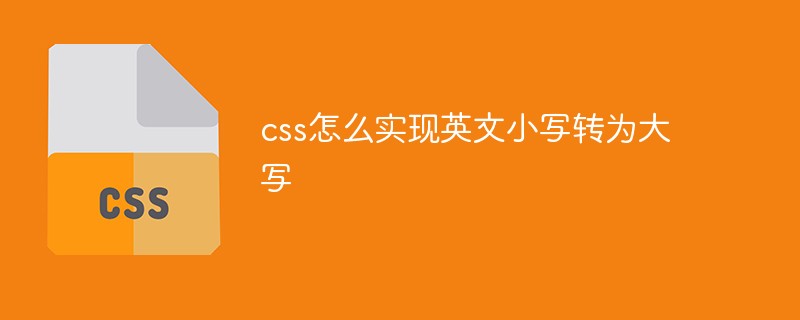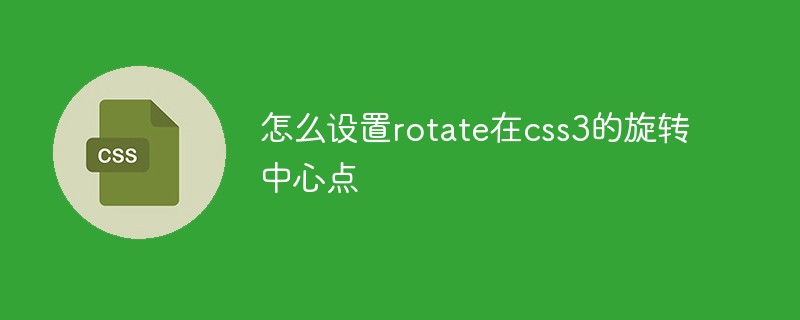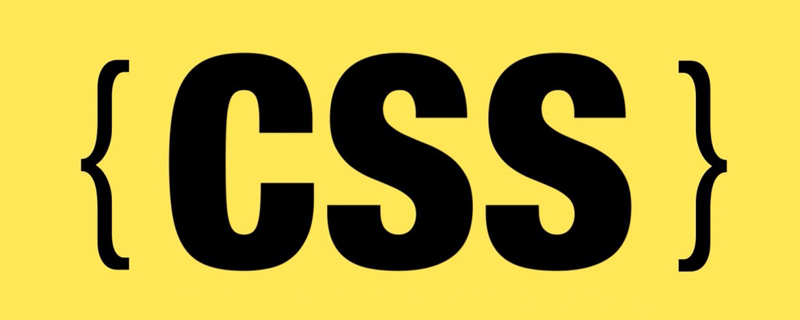 Backend Development
Backend Development PHP Tutorial
PHP Tutorial TP5 simply implements a multi-level product filtering function similar to Taobao (code example)
TP5 simply implements a multi-level product filtering function similar to Taobao (code example)The content of this article is about TP5’s simple implementation of a Taobao-like multi-level product filtering function (code example). It has certain reference value. Friends in need can refer to it. I hope it will be helpful to you.
When I was working on a project a few days ago, I came across a need for a multi-level product classification filtering function. I have never done this before, and after checking a lot of information, I finally made it happen. Although the implementation is not elegant enough, at least it is effective, and I am still very happy. A rookie has a heart to become a master. I would like to share with you children’s shoes here, and you are welcome to give me some guidance.
Let’s talk about the principle first: PHP implements multi-level filtering mainly by using a link to get parameters, and the parameters contained in each tag are transmitted to the background controller through a link. After receiving the parameters, the controller then assigns the value back to Template, and query the corresponding data according to the parameters and output it to the front desk. It is not difficult to implement. When I talk about it, I feel like I have no idea at all at the beginning. Haha...
The following is an example of the front-end code:
<div> <span>类型:</span> <!-- 0~4代表ID值 --> <a> 0, 'mode' => $a, 'price'=>$c])}">全部</a> <a> 1, 'mode' => $a, 'price'=>$c])}">官方新闻</a> <a> 2, 'mode' => $a, 'price'=>$c])}">移动应用</a> <a> 3, 'mode' => $a, 'price'=>$c])}">微信公众号</a> <a> 4, 'mode' => $a, 'price'=>$c])}">Android开发</a> <span>模式: <a> $b, 'mode' => '0', 'price'=>$c])}">全部</a> <a> $b, 'mode' => '1', 'price'=>$c])}">模式1</a> <a> $b, 'mode' => '2', 'price'=>$c])}">模式2</a> <a> $b, 'mode' => '3', 'price'=>$c])}">模式3</a> <a> $b, 'mode' => '4', 'price'=>$c])}">模式4</a> <a> $b, 'mode' => '5', 'price'=>$c])}">模式5</a> <a> $b, 'mode' => '6', 'price'=>$c])}">模式6</a> <span>预算价格: <a> $b, 'mode' => $a, 'price'=>'0'])}">全部</a> <a> $b, 'mode' => $a, 'price'=>'1'])}">600以下</a> <a> $b, 'mode' => $a, 'price'=>'600'])}">600-1000</a> <a> $b, 'mode' => $a, 'price'=>'1000'])}">1000-5000</a> <a> $b, 'mode' => $a, 'price'=>'5000'])}">5000以上</a> </span></span> </div>
Everyone can definitely understand this code, I will explain it a little more, for example, when When the user clicks on everything in the category for the first time, the category field of 0 will be passed to the background. The background receives the judgment and assigns the value back to the front desk . If the category field value is 0, all category data is queried. If the user clicks everything in the mode for the second time, then because the category value is assigned from the background, it will be 0 and the mode will be 0. If you click all in the price for the third time, all three label values will be 0. At this time, the background determines the conditions. If all are 0, then all are queried and the template is traversed and displayed. Draw inferences from one example, and the same goes for other labels. In actual operation, it will definitely not be so stupid to write the values one by one in the tag. Just use volist to traverse and get the value. Everyone understands it.
Because it is multi-level filtering, there must be more than one where method condition, so the values of the where method must be spliced. I am a TPer. I will use the TP5 method as an example:
$b = input('category') ;//Received category id
$a = input('mode'); //Received mode id
$c = input('price'); //Received price range value
$ where = ['category'=>$category,'mode'=>$mode,'price'=>$price];//Splicing where condition
$data = model('table name')- >where($where)->select(); //Query data
return $this->fetch('',[
'data'=>$data,
'c '=>$c,
'b'=>$b,
'a'=>$a
]); //Template assignment
Of course, the actual situation It is necessary to set conditions to judge the data of three values, and set where conditions according to the values. For example:
if ($a == 0 && $b == 0 && $c == 0) {//条件全部为空,即显示所有
$where = '';
} elseif ($a == 0 && $b != 0 && $c != 0) {//模式为全部范围,分类和价格单独指定。
$where = ['b'=>$b,'c'=>$c];
}
Because my code is relatively redundant, I won’t show my shame...
The final effect is like this:


The style in the picture can be judged in the tag. If the parameter value received by the page is the same as the value in the current tag, the style will be highlighted for the tag. So far, that's it. If any students have better ideas, please feel free to enlighten me.
The above is the detailed content of TP5 simply implements a multi-level product filtering function similar to Taobao (code example). For more information, please follow other related articles on the PHP Chinese website!
 css ul标签怎么去掉圆点Apr 25, 2022 pm 05:55 PM
css ul标签怎么去掉圆点Apr 25, 2022 pm 05:55 PM在css中,可用list-style-type属性来去掉ul的圆点标记,语法为“ul{list-style-type:none}”;list-style-type属性可设置列表项标记的类型,当值为“none”可不定义标记,也可去除已有标记。
 css与xml的区别是什么Apr 24, 2022 am 11:21 AM
css与xml的区别是什么Apr 24, 2022 am 11:21 AM区别是:css是层叠样式表单,是将样式信息与网页内容分离的一种标记语言,主要用来设计网页的样式,还可以对网页各元素进行格式化;xml是可扩展标记语言,是一种数据存储语言,用于使用简单的标记描述数据,将文档分成许多部件并对这些部件加以标识。
 css3怎么实现鼠标隐藏效果Apr 27, 2022 pm 05:20 PM
css3怎么实现鼠标隐藏效果Apr 27, 2022 pm 05:20 PM在css中,可以利用cursor属性实现鼠标隐藏效果,该属性用于定义鼠标指针放在一个元素边界范围内时所用的光标形状,当属性值设置为none时,就可以实现鼠标隐藏效果,语法为“元素{cursor:none}”。
 rtl在css是什么意思Apr 24, 2022 am 11:07 AM
rtl在css是什么意思Apr 24, 2022 am 11:07 AM在css中,rtl是“right-to-left”的缩写,是从右往左的意思,指的是内联内容从右往左依次排布,是direction属性的一个属性值;该属性规定了文本的方向和书写方向,语法为“元素{direction:rtl}”。
 css怎么设置i不是斜体Apr 20, 2022 am 10:36 AM
css怎么设置i不是斜体Apr 20, 2022 am 10:36 AM在css中,可以利用“font-style”属性设置i元素不是斜体样式,该属性用于指定文本的字体样式,当属性值设置为“normal”时,会显示元素的标准字体样式,语法为“i元素{font-style:normal}”。
 css怎么实现英文小写转为大写Apr 25, 2022 pm 06:35 PM
css怎么实现英文小写转为大写Apr 25, 2022 pm 06:35 PM转换方法:1、给英文元素添加“text-transform: uppercase;”样式,可将所有的英文字母都变成大写;2、给英文元素添加“text-transform:capitalize;”样式,可将英文文本中每个单词的首字母变为大写。
 怎么设置rotate在css3的旋转中心点Apr 24, 2022 am 10:50 AM
怎么设置rotate在css3的旋转中心点Apr 24, 2022 am 10:50 AM在css3中,可以用“transform-origin”属性设置rotate的旋转中心点,该属性可更改转换元素的位置,第一个参数设置x轴的旋转位置,第二个参数设置y轴旋转位置,语法为“transform-origin:x轴位置 y轴位置”。


Hot AI Tools

Undresser.AI Undress
AI-powered app for creating realistic nude photos

AI Clothes Remover
Online AI tool for removing clothes from photos.

Undress AI Tool
Undress images for free

Clothoff.io
AI clothes remover

AI Hentai Generator
Generate AI Hentai for free.

Hot Article

Hot Tools

EditPlus Chinese cracked version
Small size, syntax highlighting, does not support code prompt function

Dreamweaver CS6
Visual web development tools

WebStorm Mac version
Useful JavaScript development tools

SublimeText3 Mac version
God-level code editing software (SublimeText3)

DVWA
Damn Vulnerable Web App (DVWA) is a PHP/MySQL web application that is very vulnerable. Its main goals are to be an aid for security professionals to test their skills and tools in a legal environment, to help web developers better understand the process of securing web applications, and to help teachers/students teach/learn in a classroom environment Web application security. The goal of DVWA is to practice some of the most common web vulnerabilities through a simple and straightforward interface, with varying degrees of difficulty. Please note that this software






